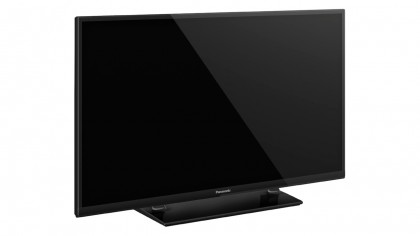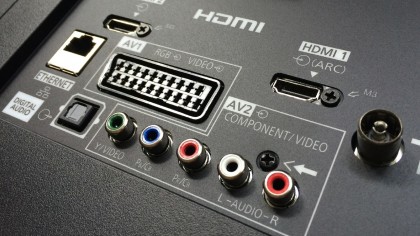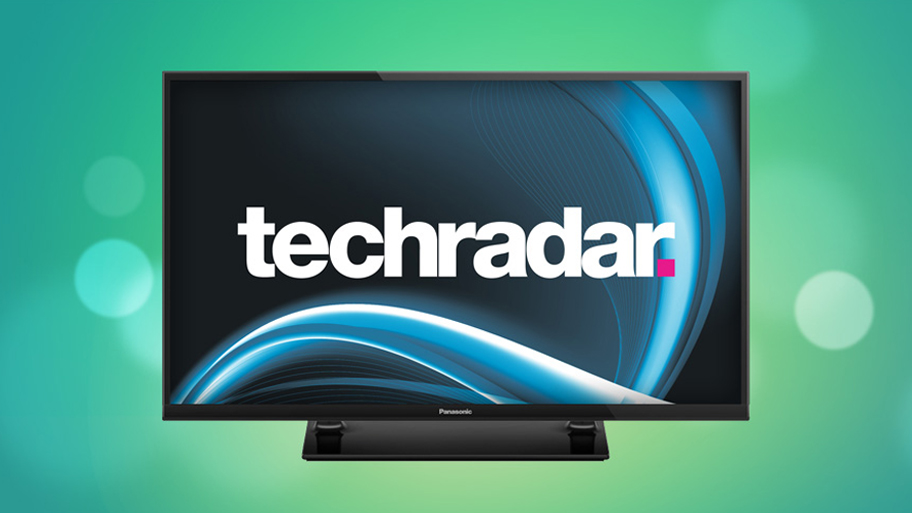TechRadar Verdict
Has Panasonic created the ideal cheap second TV? Armed with a Freeview HD tuner and clean images from all sources, this colourful and contrast-heavy 100Hz panel is just fast enough for blur-free pictures. Digital file support via USB is vast, and the user interface is quick and simple.
Pros
- +
Clean and contrasted images
- +
Slim bezel
- +
Speedy user interface
- +
USB file support
Cons
- -
Poor EPG
- -
HD-ready panel
- -
Some motion blur
- -
Weak speakers
Why you can trust TechRadar
Would you buy a HD-ready TV? With Full HD virtually the default for a living room and 4k now creeping onto the market, the 1366x768 resolution of this telly seems almost dinosaur-like.
And yet the 32A400 does demonstrate progress, with its super-slim frame and low-profile desktop stand lending it high-end looks for a relatively small outlay.
Selling in the for UK£249 (where it's sold as the TX-32A400B), in the US (where it's known as the TC-32A400U) for US$199 and in Australia (where it's called the TH-32A400A) for AU$499, this is Panasonic's entry-level LED TV.
The chief attractions of the 32A400 are undoubtedly its narrow bezel, small footprint and low price. Measuring 734x477x184mm, just 7.5mm along the top, and 14mm across the bottom of the screen (where the 5W stereo speakers reside), the 32A400's gloss black fascia is neither mould-breaking nor complex.
However, the desktop stand the 32A400 sits upon is unusual; it has a two-pronged rectangular slab, and instead of screwing-on to the main TV on the back, the 32A400 slips onto it. It's then secured from the stand's undercarriage, though it's no trouble turning the 6kg 32A400 upside down to do so.
Features
The UK version of the 32A400 might be low-end in cost but it provides a lot of value for money. With an inbuilt Freeview HD tuner and the ability to play mulitiple files through a USB flash drive this is a respectable second TV choice.
Best of all the 100Hz/120Hz back-light blinking system ought to lessen the screen's apparent response time and reduce motion blur, something that remains an endemic problem on other low-end LED TVs, but not here.

Along the rear of the 32A400 is a selection of ins and outs that cover all the bases. While most TVs of this size, spec and price include a sole HDMI slot the 32A400 offers two, alongside an RF input (for the DVB-T2/Freeview HD tuner), a full RGB scart and a set of component video inputs.
Audio is taken care of by left/right audio inputs and a digital optical audio output. There's also an Ethernet LAN slot. Sadly, it's not there to fuel a smart TV platform, but merely for software updates.

A panel on the TV's left-hand side (as you watch it) contains two extremely handy connections, a USB and a headphones slot. The former suggest media software for playing digital music, photo and video files from a USB flash drive while the latter is nicely placed for those wanting to listen to the 32A400 late at night.
Also consider
The A400 Series comes in three sizes, the others being the 39-inch Panasonic TX-39A400 and the 50-inch Panasonic TX-50A400. Further up the food chain is the AS500 Series, which adds Panasonic's smart TV platform, My Home Screen, Swipe & Share smartphone/tablet file exchange apps, and Skype. The even pricier AS600 Series adds a dual core processor and Voice Assistant via an app on a smartphone or tablet.
Jamie is a freelance tech, travel and space journalist based in the UK. He’s been writing regularly for Techradar since it was launched in 2008 and also writes regularly for Forbes, The Telegraph, the South China Morning Post, Sky & Telescope and the Sky At Night magazine as well as other Future titles T3, Digital Camera World, All About Space and Space.com. He also edits two of his own websites, TravGear.com and WhenIsTheNextEclipse.com that reflect his obsession with travel gear and solar eclipse travel. He is the author of A Stargazing Program For Beginners (Springer, 2015),

